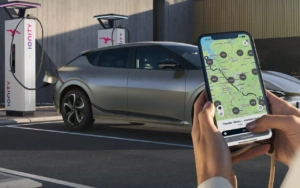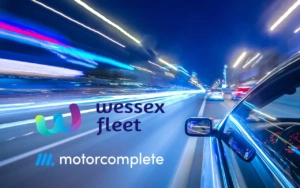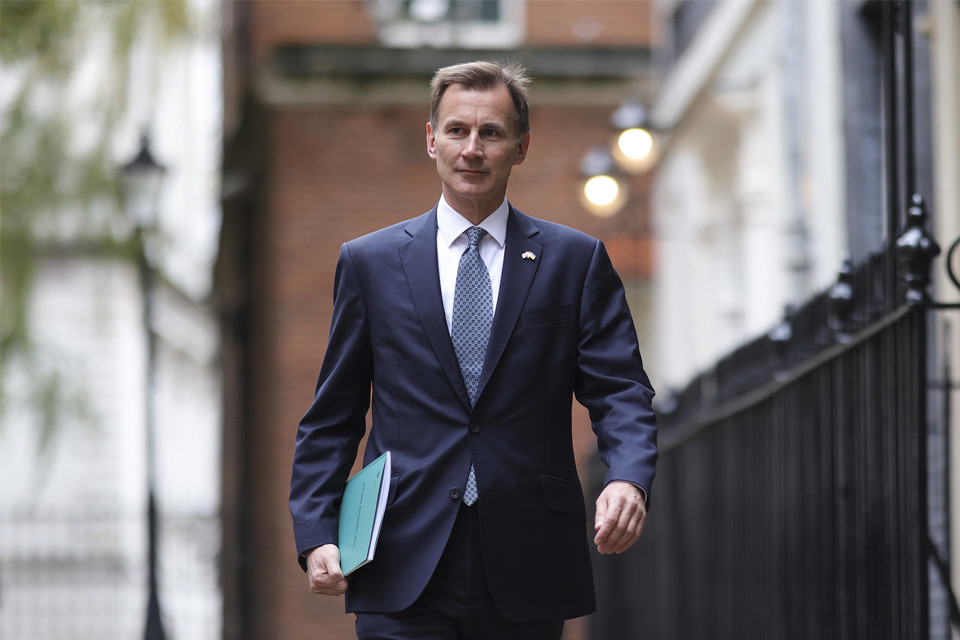CHANCELLOR Jeremy Hunt’s Autumn Statement was delivered against the backdrop of continuing economic uncertainty. Designed to promote long-term stability while bringing down high rates of inflation, the Chancellor hopes his Autumn Statement will reduce the length and depth of the ongoing recession, a recession which has now been confirmed by both the Bank of England and the Office for Budget Responsibility.
Tax rises and spending cuts
With a fiscal ‘black hole’ of £55 billion, the Chancellor proposed spending cuts and tax rises in broadly equal measure, introducing new fiscal rules designed to curb, and over time reduce, government borrowing, which he hopes will prevent the Bank of England having to increase interest rates further.
Tax rises
Income tax and National Insurance thresholds were frozen until April 2028. The additional rate threshold of £150,000 was reduced to £125,140 effective April 2023.
As a result, millions of new taxpayers will be ‘created’ thanks to ‘fiscal drag’ and the number of higher rate taxpayers will more than double as the UK faces up to a record tax burden.
The Chancellor confirmed the pensions triple lock will stay, uplifting state benefits and credits in line with inflation, not earnings, and increasing the National Minimum Wage by 9%.
The Energy Price Guarantee and Energy Bill Relief Scheme were extended for a further year, to be paid for by additional windfall taxes, in the form of an increased Energy Profits Levy and a new Electricity Generator Levy, that will apply until 2028.
Recognising the significant inflationary pressures businesses are facing, there was a package of targeted support to help with business rates costs, with an extension of relief for retail, hospitality and leisure sectors, and additional support for small businesses.
Spending cuts
While protecting public services – health, social care and education – the Chancellor confirmed that total spending for public services will grow in real terms until 2025.
But government departments have been challenged to identify savings wherever possible, with the growth of planned day-to day spending to be curtailed in real terms and capital spending maintained in cash terms between 2025 and 2028, including spending on the government’s commitments to deliver major infrastructure projects.
What about the fleet industry?
It’s been confirmed that the van and fuel benefit charges will be increased in line with inflation. But the key announcements related to increased company car tax and the application of Vehicle Excise Duty to electric vehicles, as well as confirmation of the extension of first year allowances for electric charge points.
Company car tax
From April 2025, benefit in kind (BiK) rates for electric and ultra-low emission cars emitting less than 75g per kilometre will increase by 1% annually, up to a maximum of just 5% for electric cars and 22% for ultra-low emission cars in 2027/28.
Rates for all other bands will increase by 1% (up to a maximum of 37%) in 2025/26, and will then be frozen for the next two years.
Today marks a key milestone in the UK’s transition to zero emission motoring and cements the momentum we have gathered in recent years. Our sector is the driving force behind getting cleaner, greener vehicles on UK roads, with the tax regime a critical lever in making it happen.
Gerry Keaney, BVRLA chief executive
Vehicle Excise Duty
From April 2025 electric cars and vans will be subject to VED in the same way as petrol and diesel vehicles, but it appears that the expensive car supplement will only apply to electric cars registered from 01 April 2025, with zero emission cars registered before April 2025 continuing to be exempt.
What are the impacts on the fleet sector?
Given the industry’s current focus on salary sacrifice, the modest annual increase to BiK tax will be widely welcomed, tax savings available will be largely preserved and there’s little likelihood its popularity will wane. And the certainty offered from the confirmation of BiK tax rates until 2028 should drive even greater interest by employees and employers.
Although the withdrawal of the plug-in car grant has pushed up the cost of acquiring an electric car, the application of Vehicle Excise Duty from April 2025 will further increase their whole life costs, but the comparison between electric cars and internal combustion engine cars should not be materially changed.
And finally, those businesses that have, or are about to, switch to electric will welcome the extension of the first year allowance on charge point installation until April 2025.
What did other fleet experts say about the Autumn Statement?
Paul Hollick, chair of the Association of Fleet Professionals

The big news from an AFP point of view are the changes to electric vehicle taxation. The increase in company car taxation, of 1% per year, seems well-judged to us at first glance. Crucially, they will allow fleet decision makers to plan for the second half of the decade as they continue the process of electrification. Against this backdrop, the VED equalisation with ICE – something that will apply to the vast majority of EVs from 2025/26 – is disappointing but perhaps not unexpected. It does feel a little as though the government has given with one hand and taken some back with the other.
Caroline Sandall-Mansergh, consultancy and channels development manager, Alphabet GB

We are pleased to see that the increase in company car tax for EVs will be incremental at 1% per year. From the BIK increase announced today, the average electric vehicle driver on a £35,000 list price at the 20% tax rate will only be paying an extra £6 a month from April 2025. However, such a sharp increase in VED for EVs is likely to limit uptake, particularly in light of current energy prices. We would have preferred to see the introduction of a new lower rate in order to continue to differentiate zero emissions vehicles from other vehicles.
Ashley Barnett, head of fleet consultancy at Lex Autolease

The publication of company car rates beyond 2025 reaffirms the government’s commitment towards a greener future and gives decision makers the clarity they need to accelerate their transition towards EVs. Fleet replacements typically operate in four-year-cycles and today’s announcement paves the way for future purchasing decisions – giving them the confidence they need to commit to a long-term sustainability plan. With longer lead times from manufacturers delaying the delivery of many vehicles, having clarity beyond 2025 is a major boost for future electric fleet decision making.

Broker News Newsletter 30 April 2024
Catch up on the latest leasing broker news in the 30 April 2024 Broker News newsletter

April 2024 used market volumes rise as seasonal trends return reports cap hpi
In a return to seasonal norms, April used car market saw average car values at the three-year, 60,000-mile point, according to cpa hpi

UK fleets show optimism: growth expected despite economic challenges
Thirty-eight percent – nearly two in five UK car and van fleets – are predicting growth in the number of vehicles they operate

Alpha Contracts Leasing celebrates 27 years in business
Leasing broker Alpha Contracts Leasing has just celebrated 27 years trading – set up in 1997 by co-owners Lynette Randall and Samantha Miles

Select Fleet Solutions – Eton celebrates 25 years
Select Fleet Solutions – Eton Office, formerly Benchmark Leasing, is celebrating 25 years in the leasing broker sector

Wessex Fleet chooses MotorComplete broker platform for ARs
Wessex Fleet has selected the MotorComplete broker platform to provide websites for the Wessex Appointed Representatives (ARs)

Ralph Morton is the leading journalist in the leasing broker sector and editor of Broker News, the website which provides information and news for BVRLA-registered leasing brokers. He also writes extensively on the fleet and leasing market in both the UK and Europe.




